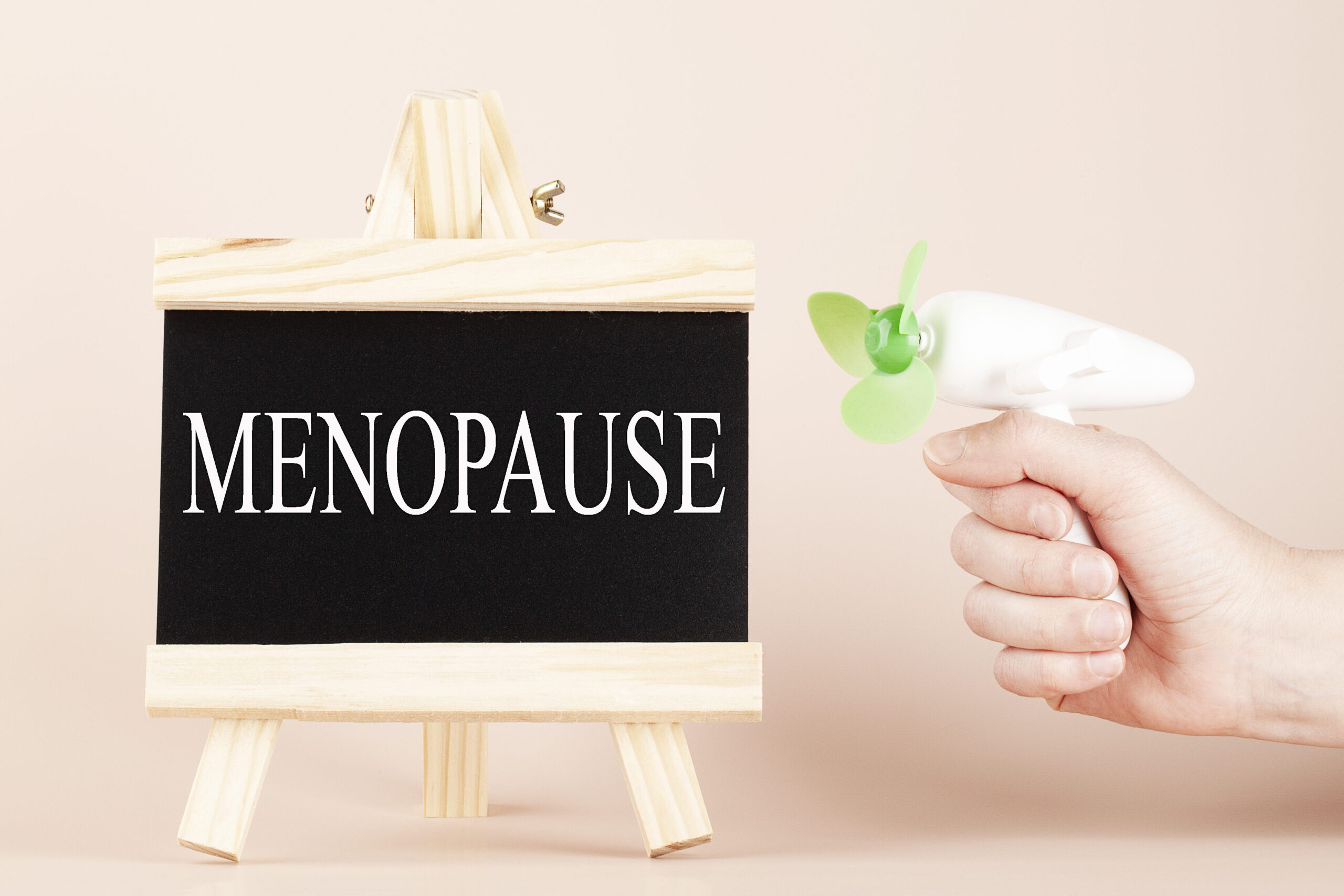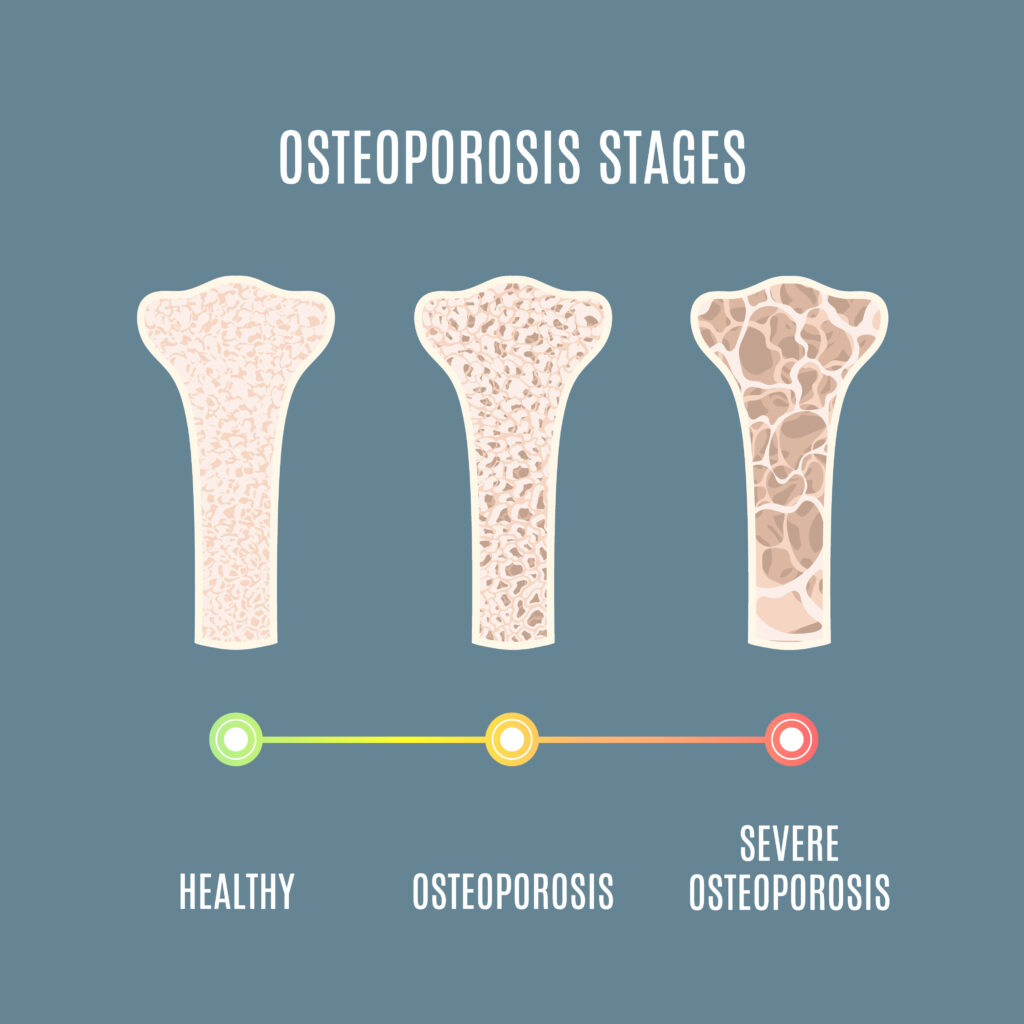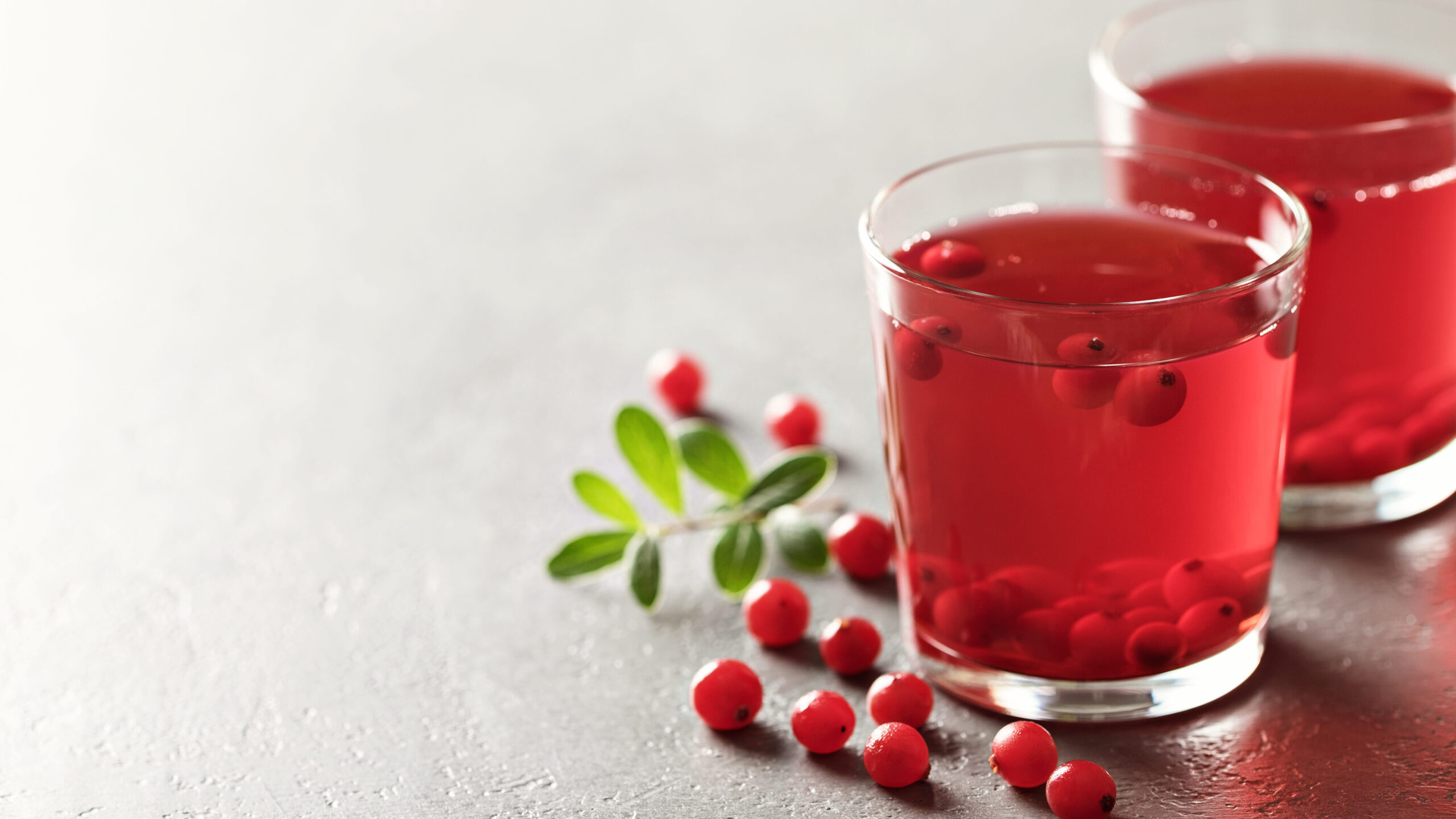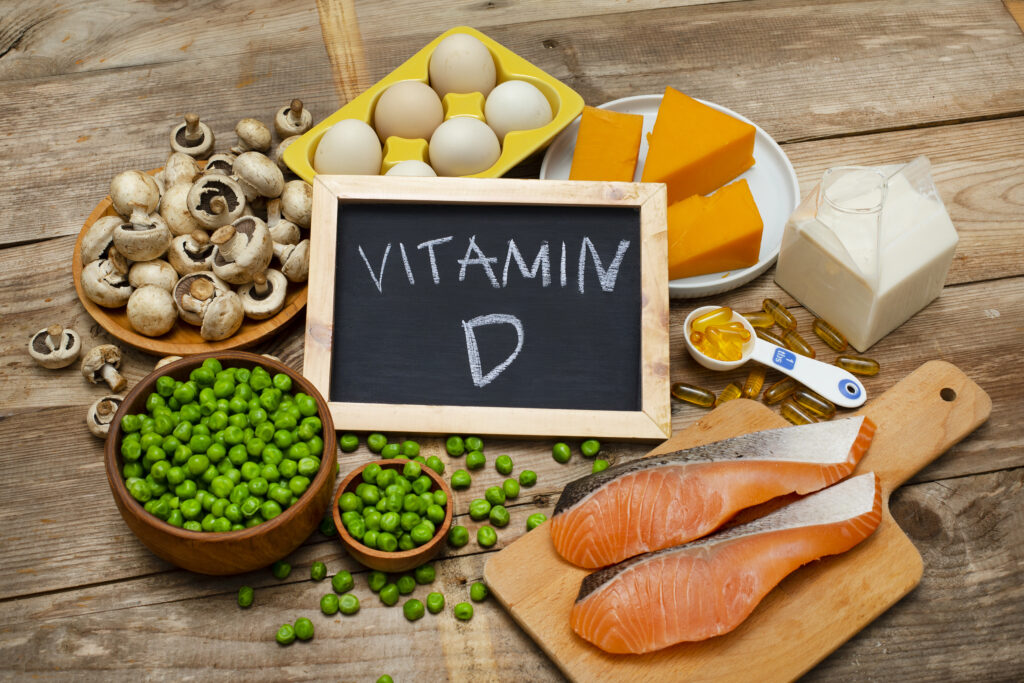Menopause is not an illness. If you subscribe to the standpoint currently held by the conventional medical profession, you’d be forgiven for thinking it was.
What is menopause?
In conventional terms menopause and its symptoms are viewed as a disorder caused by falling hormone levels. So, by giving menopausal women hormones in the form of hormone replacement therapy (HRT), the deficiency can be corrected and we have a ‘cure’. This argument is supported by the supposed similarity between the menopause and diabetes. When insulin levels are insufficient to maintain normal blood glucose levels, then insulin is supplied from outside and the balance is corrected.
But diabetes is different from the menopause in one important respect: diabetes is not a natural event. It is not expected that everyone will get diabetes; but all women will pass through the menopause. It is a natural stage in our lives and there is a wealth of scientific evidence that there are alternatives to HRT.
Women in many other cultures do not experience the menopause as a crisis demanding medical intervention. Many of them simply do not suffer the physical and emotional symptoms that women in the West are programmed to accept as inevitable. In our society the focus of the menopause is one of loss. Women are programmed to dwell on loss – the loss of periods, the loss of the ability to create life, the loss of hormones, the problems of the ’empty-nest’ syndrome. In other societies, this time in a woman’s life is seen as one of gain, a time of great wisdom. A time when the emphasis shifts away from doing the chores, working in the fields, to the role of lawmaker and counsellor to younger couples, where maturity and experience make a significant and valuable contribution to the family and society.
My approach is to take the menopause as a natural event. HRT is always there as the last resort, and it should only be used as such. Try the natural approaches first, and then assess whether you really do need HRT. The odds are that you won’t.
Dietary changes
A well-balanced diet is essential during the menopause as it enables the body to adjust automatically to the hormone changes. Eating a good amount of fresh fruit and vegetables and also including phytoestrogens in the form of chickpeas, lentils, soya, kidney beans etc. is important. Caffeine in tea and coffee etc. can bring on a hot flush for many women. The same can apply to spicy foods and alcohol.
Phytoestrogens
Why is menopause experienced so differently around the world? Up to 85% of Western women will experience hot flushes compared to only 14% in some Asian countries. As a result, scientists have been studying the benefits of phytoestrogens which occur naturally in certain foods such as soya, chickpeas, lentils. etc.
Almost all fruit, vegetables and grains contain phytoestrogens in varying strengths but it is the isoflavones (one of the classes of phytoestrogens) that are the most beneficial kind. They are found in legumes such as soya, lentils, chickpeas etc.
Also pay attention to these points in your diet:
- Stabilise blood sugar levels by reducing the amount of sugar and refined foods in the diet and eating little which helps to stop the mood swings etc
- Reduce or eliminate caffeinated drinks such as tea and coffee which contribute to the blood sugar problem
- Ensure a good intake of essential fatty acids from oily fish, nuts and seeds which help lubricate the joints, skin and vagina
- Avoid soft fizzy drinks which contain high levels of phosphorus and increase the risk of osteoporosis by increasing calcium loss
- Include a good intake of phytoestrogens in the diet from many sources and not just soya
Vitamins and Minerals
As well as eating a healthy diet, supplementation is beneficial during the menopause not only to ensure adequate nutrients for maintaining healthy bones but many can also help with the menopausal symptoms.
A good quality multivitamin and mineral, designed for the menopause, should form the foundation of the supplement programme. This multi should contain good levels of antioxidants and also calcium, magnesium, vitamin D and boron. (The one I use in the clinic is called MenoSupport FROM www.naturalhealthpractice.com.) And then particular emphasis should be put on the following nutrients:
Vitamin E
This is an important vitamin to consider at the menopause. Research has shown its effect on reducing hot flushes and night sweats. Vitamin E is also helpful for vaginal dryness.
Vitamin C
Not only is Vitamin C important for preventing illness but it also has specific benefits at the menopause. It can help with hot flushes and also helps to build up collagen which gives skin its elasticity and it is therefore helpful in the prevention and treatment of vaginal dryness. It can also help retain the elasticity in the urinary tract and so prevent leakage or stress incontinence, which is common at the menopause. Collagen is also important for your bones.
B Vitamins
These are called the ‘stress’ vitamins because they are enormously beneficial when you are under a great deal of pressure. Symptoms of B-vitamin deficiency include anxiety, tension, irritability, lack of energy and poor concentration which are often symptoms associated with the menopause.
Omega 3 fatty acids
Signs of an Omega 3 deficiency are dry skin, lifeless hair, cracked nails, fatigue, depression, dry eyes, lack of motivation, aching joint, difficulty in losing weight, forgetfulness, breast pain – all symptoms that could be ‘blamed’ on the menopause. They need to be supplemented around the menopause because they can help with many of the symptoms. Furthermore, because they help to ‘lubricate’ the body in general, they can help with vaginal dryness.
Herbs
There are a number of herbs that have traditionally been used at the menopause.
Black cohosh
From all the published research, the herb that has the most dramatic effect on hot flushes and night sweats is black cohosh. It was originally used by Native North Americans and is very effective in helping with hormonal imbalances. It has a generally calming effect on the nervous system and as well as the hot flushes and night sweats and can be helpful with other symptoms include anxiety, tension and depression.
Other useful herbs at the menopause include agnus castus, dong quai, sage and milk thistle. It is better to get organic herbs where possible. (I use a combination called Black Cohosh Support in the clinic see www.naturalhealthpractice.com.)
Women can now live 30 to 50 years past the menopause stage and you want to live those years in good health and free from symptoms. By eating well, taking appropriate supplements and exercising, your health will improve, which enhances the quality of your life. Good nutrition together with the right supplements, enables the body to adjust to the changes at the menopause automatically and keeps the skin and hair soft, minimises aching joints and stiffness, slows the ageing process, controls weight naturally without dieting, maintains libido and helps to prevent osteoporosis, heart disease and cancer.
Contact the Glenville Nutrition Clinic team to arrange a consultation with one of the Nutritionists.




